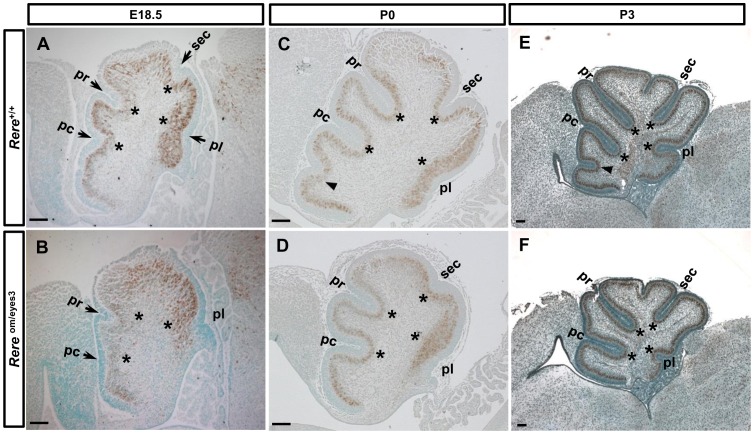Figure 3. Foliation of the principal fissures is delayed in the cerebellums of Rere om/eyes3 embryos.
A–F. Mid-sagittal sections of the vermis were prepared from cerebellums of wild-type and Rere om/eyes3 embryos and mice at E18.5 (A–B), P0 (B–C) and P3 (E–F). The Purkinje cell layer was marked using a rabbit polyclonal anti-calbindin antibody. Asterisks indicate the base of each principal fissure. A–B. At E18.5, all of the principal fissure were formed in the cerebellum of wild-type embryos (A) but the preculminate fissure, the primary fissure and the posterolateral fissure were barely appreciable in the cerebellums of Rere om/eyes3 embryos (B). The secondary fissure was not seen in the cerebellums of Rere om/eyes3 embryos (B). Arrows mark each principal fissure. C–D. Delayed development of principal fissures was restored in the cerebellums of Rere om/eyes3 embryos at P0 (D). However, the precentral fissure was found in wild-type cerebellums (arrow head, C) but was not seen in the cerebellums of Rere om/eyes3 mice (D) at P0. E–F. At P3, invagination of the precentral fissure (arrow head, E) demarcates the division of lobule III from lobule 1/II in the cerebellums of wild-type mice but the precentral fissure was not visible in the cerebellums of Rere om/eyes3 mice (F). pc, preculminate fissure; pl, posterolateral fissure; pr, primary fissure; sec, secondary fissure. Scale bar = 100 µm.

